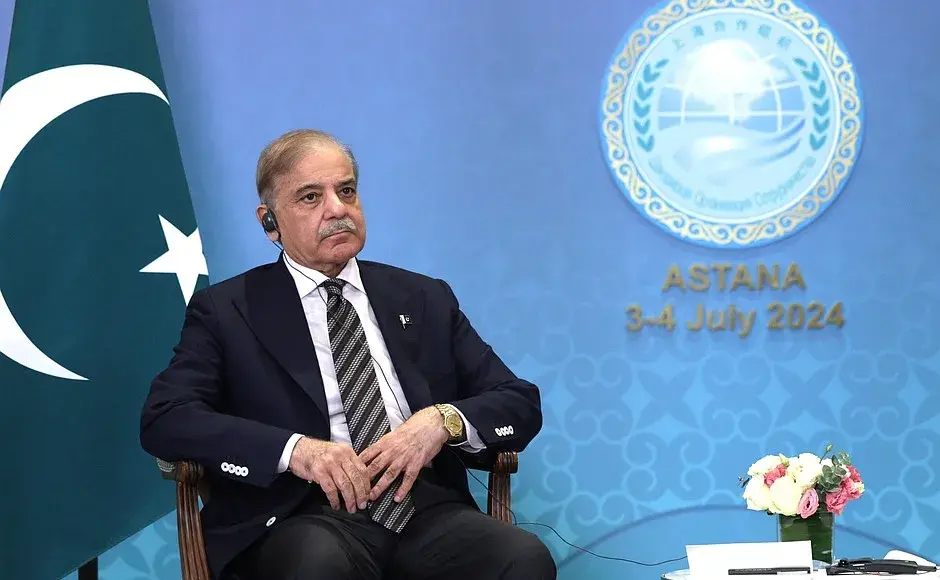The governor of Niigata Prefecture has agreed to the resumption of operations at the Kashiwazaki-Kariwa complex, marking a major shift in Japan’s energy policy.

TOKIO — Japan has taken a decisive step toward revitalizing its nuclear sector with key approval to restart the Kashiwazaki-Kariwa power station, the world’s largest nuclear plant by capacity.
Hideyo Hanazumi, the governor of Niigata Prefecture, announced on Friday that he will approve the resumption of operations at the facility. The plant, operated by Tokyo Electric Power Company (TEPCO)—the same utility responsible for the Fukushima Daiichi station—has been paralyzed since the 2011 earthquake and tsunami disaster.
Hanazumi’s decision, communicated at a press conference, clears one of the last and most significant hurdles for the reactors to come back online. “I will approve the resumption,” the governor stated, though the process still requires final authorization from the country’s nuclear regulatory body and a formal debate in the prefectural assembly scheduled for December.
The reactivation of Kashiwazaki-Kariwa is fundamental to Japan’s energy strategy. As a resource-poor nation, the country seeks to drastically reduce its dependence on imported fossil fuels, which currently account for nearly 70% of its electricity needs. Furthermore, the government has set an ambitious goal of achieving carbon neutrality by 2050, a target that requires reducing the contribution of thermal power plants to 30-40% by 2040.
The path to restarting the plant has not been straightforward. Units 6 and 7 passed safety reviews in 2017, but operations remained suspended after serious flaws were detected in anti-terrorism protocols. Regulators only gave the green light to TEPCO’s corrective measures in December 2023.
To mitigate fears of a new disaster, the vast complex has been reinforced with a 15-meter-high seawall to protect against tsunamis, as well as new emergency electrical systems installed in elevated areas and other advanced safety devices.
If the restart proceeds, Kashiwazaki-Kariwa will become the first TEPCO-operated plant to resume functioning since the Fukushima crisis. Currently, Japan has already restarted 14 reactors in other regions under stricter post-2011 safety standards.
While the exact timing of the restart is yet to be determined—TEPCO previously mentioned a possible delay of certain works until 2029—the political green light represents a crucial breakthrough. The plant is considered a key asset not only for stabilizing TEPCO’s electricity supply but also for Japan’s economic competitiveness amid growing energy demand driven by artificial intelligence and data centers.
Keep Independent Journalism Alive
In a world flooded with noise, independent journalism is more vital than ever. We work hard to bring you clear, accurate, and unbiased international news — free from corporate or political influence.If you believe in the power of honest reporting, please consider making a donation. Every contribution, big or small, helps us stay independent and keep the world informed.
Support us via PayPalYour support makes a difference.


